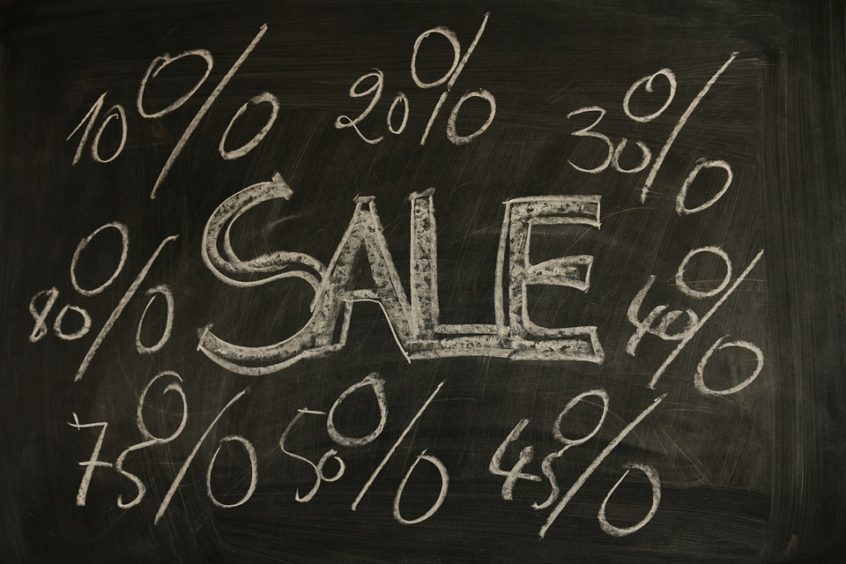Here’s a great article by Wes Gray at the Wall Street Journal which demonstrates that value investing is not dead. It just depends on which metrics you use to measure its performance. Wes Gray is the CEO and CIO of Alpha Architect, a quantitative asset manager based near Philadelphia.
Here’s an excerpt from that article:
Is value investing dead? It’s a question that has been on the minds of financial pros and investors alike.
On the surface, one measure used to gauge the success of value stocks puts the efficacy of value investing into question. But there is much more to it than just those numbers.
I’ll explain by starting with this example. Over the last 10 years (June 1, 2007 to June 30, 2017) a generic portfolio of the cheapest stocks (labeled “Generic Value (P/B)” in the chart below) based on price-to-book ratios earned a compound annual total return of 2.44%, compared with the S&P 500’s total return of 7.10%. And to make matters worse, the generic value portfolio achieved the returns with nearly twice the volatility (29% vs. 15% annualized).

Clearly, value investing, as proxied by a portfolio that buys cheap stocks based on price-to-book ratios, ate crow over the past 10 years. Why?
For one thing, it is because nearly 40% of this price-to-book generic value portfolio was concentrated on financial stocks going into the financial crisis. We all know how that ended for the value portfolio.
But price-to-book is only one measure of value. Would other measures tell a different story about the performance of value investing?
I looked at the performance of a generic value strategy that buys stocks based on price-to-earnings ratios (as opposed to price-to-book) over the past 10 years. P/E ratios have been shown to be more effective than P/B ratios. Surprisingly, this portfolio actually beat the S&P 500 total return index–earning a compound annual return of 8.24% vs. the S&P’s 7.10% performance.
To be sure, value investing based on alternative metrics hasn’t exactly knocked the cover off the ball, but it has certainly kept pace with the general market, albeit via a bumpier road (volatility on the P/E value portfolio was higher than the S&P 500).

The academic literature is still battling it out over whether the extra returns associated with value investing are attributable to higher risk or mispricing. The reality is that the answer to the question of why value stocks earn higher expected returns is probably “both.” Value stocks earn higher expected returns because they are riskier: These companies often operate in highly competitive industries or industries that are engaged in disruption (e.g., retailers facing Amazon). So value companies are intrinsically more risky.
However, even bad businesses bought at great prices can make a great investment. This line of reasoning leads to the mispricing argument for the premiums associated with value investing–investors throw the baby out with the bath water.
The debate as to why value investing generates higher expected returns than other forms of investing will rage on, but one thing is clear: Value investing is extremely painful and difficult to hold through thick and thin.
To illustrate this fact, I charted the five-year rolling spreads between two generic value strategies (price-to-book and price-to-earnings) against the S&P 500 Total Return Index. A positive reading means value outperformed over the five-year trailing period; a negative reading implies the opposite. (The results run from June 30, 1952 to June 30, 2017.)

The chart highlights multiple five-year periods where a value investor can expect to be underwater relative to the S&P 500. Talk about pain. Imagine underperforming the market over a five-year cycle, and possibly enduring this pain on multiple occasions over a lifetime of investing. On the flip side, over this time period generic value with P/B ratios earned 14.05%, generic value with P/E ratios earned 15.94%, and the S&P 500 earned 10.85%.
So patience is certainly awarded. But it does imply that an investor needs to endure the pain to get the gain.
You can read the original article at The Wall Street Journal here.
For all the latest news and podcasts, join our free newsletter here.
Don’t forget to check out our FREE Large Cap 1000 – Stock Screener, here at The Acquirer’s Multiple:



